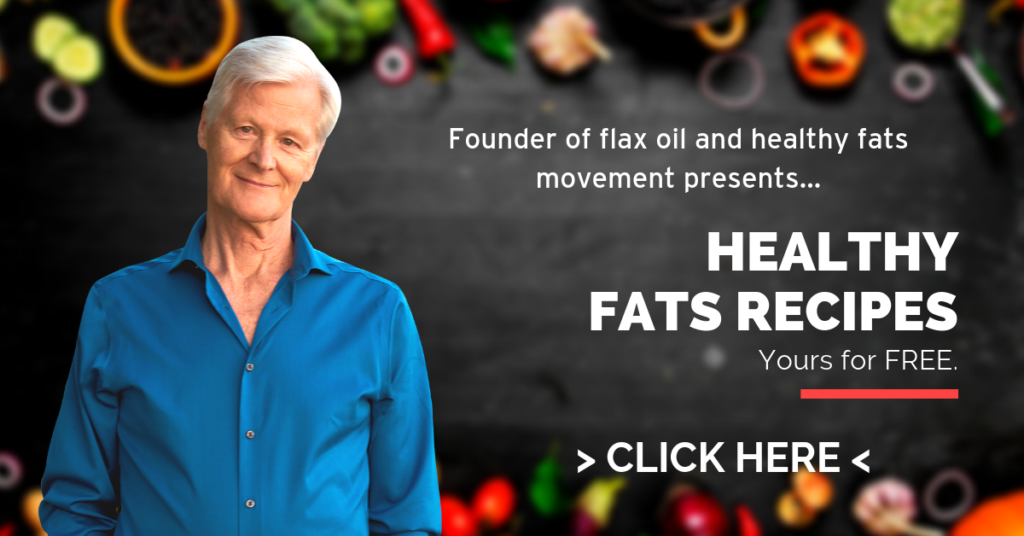Getting to the Heart of the Cholesterol Matter – Part 4

Protection that kills
Under survival pressure, nature developed and selected for survival a way to protect us from early death due to scurvy – by thickening our arteries using an adhesive repair protein called apo(a) made in our liver. Apo(a) and its carrier vehicle in our bloodstream, lipoprotein(a) [Lp(a)], are stronger risk factors for cardiovascular disease than LDL which, if not associated with Lp(a), is only a weak risk factor. In cholesterol studies and measurements, the effect of the culprit Lp(a), which resembles LDL except for the apo(a) protein, have been mistakenly blamed on LDL.
Rath and Pauling suggest that in killing us by apo(a)-induced artery thickening, nature confers a survival advantage. For survival of the species, it is better to die from a heart attack or stroke after we have reproduced, than to die from scurvy before we have had a chance to reproduce.'
Reversal
When ascorbate levels in our blood increase, apo(a) levels decrease, because less repair protein is necessary when there is enough vitamin C to keep the connective tissue in our arteries strong.

If Rath and Pauling’s suggestion is correct, they lead the way to cure the most prolific killer disease in North America for a few pennies’ worth of daily vitamin C (mineral ascorbate) supplements.
While it holds a major key to preventing and reversing cardiovascular disease, vitamin C is not the whole answer. Other keys are held by sulphur-containing amino acids, vitamin B3, coenzyme Q10 and, for peripheral arterial disease, carnitine and lysine. W3 fatty acids keep platelets from becoming sticky, and have other beneficial effects on arteries. Ultimately, all essential substances must be present in optimum amounts for healthy cells, tissues, and organs.
Unification
Rath and Pauling’s work combines the findings that led to the other theories. Lack of AOs leads to poor control of the free radicals normally produced by oxidation and other processes in our tissues, or produced by pollutants, drugs, pesticides, and synthetics from outside. These free radicals speed oxidization of cholesterol and triglycerides. Free radicals, and cholesterol and TGs (both oxidized) can damage arteries. Vitamin C-deficient, weakened, damaged arteries stimulate repair mechanisms including apo(a) synthesis and increased cell proliferation, which thicken and narrow arteries. Cholesterol and fats play a part in making platelets more sticky, which makes a clot blocking a narrowed artery more likely.
Politics
Rath and Pauling’s article: “Solution to the Puzzle of Human Cardiovascular Disease,” submitted to the prestigious journal: Proceedings of the National Academy of Sciences (PNAS), was accepted for publication, and then later rejected. They subsequently published it in a tiny journal with a circulation of about 500. Pauling remarks that their explanation goes against established dogma and personal and economic interests of those who profit from cholesterol dogma and cardiovascular disease.

Those whose income depends on treating diseases of our heart and arteries by less effective or ineffective means, who profit from the fact that sickness is better business than health, and whose priorities place profit before truth, cure, care, and life stand to lose much from a solution to the puzzle of human cardiovascular disease.
This political and economic controversy is part of an age-old battle between natural healer and drug pusher. A hundred years ago, the controversy involved the snake oil salesman who sold natural product and the patent medicine salesman (patented substances have to be synthetic; natural products cannot be patented), but the roots of the division go back to ancient Greece.
In the end, cholesterol will be exonerated from its role as primary villain in cardiovascular disease. The accusing finger points at ‘experts’ who concocted the cholesterol theory to drum up business by spreading fear.
When the dust on the political-economic debate that parades as ‘objective’ scientific inquiry settles, and its heat dissipates, a nutritional solution that includes a full and balanced diet including all essential nutrients, the right kinds of fiber and digestive support (and perhaps several herbs) will make cardiovascular disease a non-threat for those who embrace the natural solution.
A Cautionary Note
Indiscriminately lowering cholesterol, as suggested by the National Cholesterol Education Program, statistically increases death rate from suicide and cancer.
Increased suicide may result from increased aggression, supported by the finding that low cholesterol levels reduce the number of receptors for serotonin on our brain cell membranes. Serotonin, a hormone and neurotransmitter, suppresses aggressive behavior. Lack of receptors might result in decreased suppression of aggression and violence.

Increased cancer may be due to lack of oil-soluble anti-cancer antioxidants: vitamins E and A, and carotene. These are transported to our cells by the same LDL transport vehicles that bring fats and cholesterol, and may become deficient when LDL levels in our blood decrease. Before embarking on a cholesterol-lowering program, one should first supplement with these antioxidant nutrients and vitamin C for two weeks. After all, it makes no sense to be saved from a heart attack only to be fed to cancer.
If this series has changed your mind about cholesterol, you might be curious about other fats that may be misunderstood! You’ll find more life changing information in my book Fats That Heal Fats That Kill.




